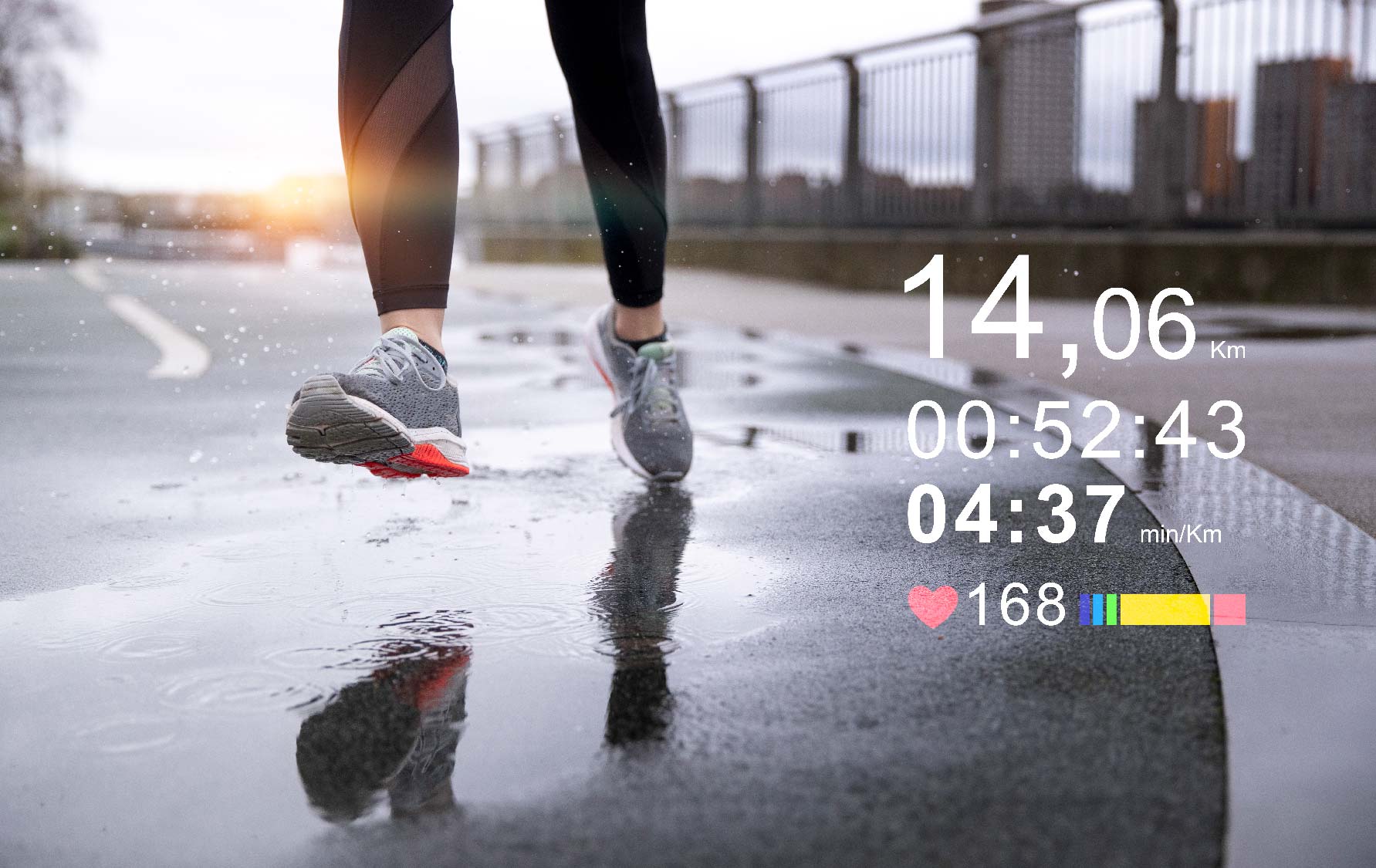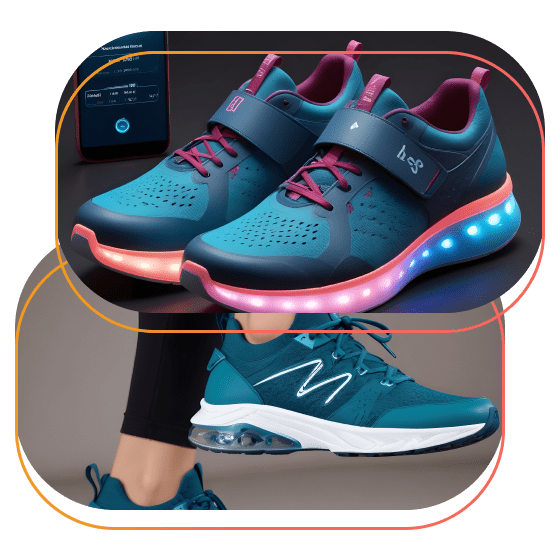Overview

Enhance user comfort, track fitness metrics, and get valuable health insights through Bluetooth-enabled smart shoes. We were assigned for firmware development, including sensor data acquisition and BLE communication setup with the mobile app.
- Optimizing BLE power usage and maintaining constant connectivity were major challenges to overcome.
- BLE was successfully integrated into smart wearable shoes through robust encryption algorithms and secure key management protocols.
- Reduced power consumption through optimized sensors, sleep modes, and efficient algorithms.
- Beyond fitness, BLE smart shoes foster a connected, technologically advanced society.
Case
Traditional footwear has evolved into smart wearables, integrating sensors, microcontrollers, and wireless communication technologies. BLE (Bluetooth Low-Energy), a low-power wireless communication standard, is pivotal in this evolution, enabling seamless connectivity between wearable devices and smartphones or other compatible devices. In the dynamic landscape of wearable technology, smart devices have reshaped industries and consumer experiences. One such innovation is the development of bluetooth-enabled smart shoes, designed to enhance user comfort, track fitness metrics, and provide valuable insights into user health. The client has designed the hardware and the shoes and approached TA for the firmware development which includes implementing the data acquisition from the sensors and establishment of BLE communication between the shoes and the mobile application.
This case study explores the implementation of BLE technology in the creation of smart wearable shoes, illustrating the potential of BLE in revolutionizing the footwear industry.
Challenges
These were some of the common hurdles faced by us during the development:1. Power Consumption:
BLE technology is known for its low power consumption, but optimizing the power usage further to ensure prolonged battery life in wearable devices is a challenge. Balancing the need for constant connectivity with the need for energy efficiency is crucial.
2. Data Security:
Ensuring the security and privacy of user data is paramount. Smart shoes collect sensitive information, and it’s vital to implement robust encryption methods to protect this data from unauthorized access and cyber-attacks.
3. Sensor Accuracy:
The sensors embedded in smart shoes must provide accurate data to deliver meaningful insights. Calibrating sensors to work accurately under various conditions (different surfaces, user activities, etc.) is a complex task. Inaccurate readings could lead to incorrect health and fitness information for users.
4. Interoperability:
Ensuring that the smart shoes can seamlessly connect with various smartphones and other BLE-enabled devices regardless of their operating systems is challenging. Compatibility issues can arise due to different versions of BLE protocols and varying device capabilities.
5. Software Updates and Maintenance:
Ensuring that the software embedded in the smart shoes can be updated to fix bugs, improve performance, or add new features is crucial. Implementing a seamless update process without inconveniencing users can be challenging.
Solution
Below are the solutions that we found for implementing BLE technology in the creation of smart wearable shoes, illustrating the potential of BLEArchitecture
1. Optimized sensor readings, implemented sleep modes, and utilized efficient algorithms to minimize active periods.
2. Employed strong encryption algorithms and secure key management protocols to protect data in transit. Regularly updates security protocols to counter emerging threats. Adhered to industry standards and certifications for data protection.
3. Used high-quality sensors and calibrated them meticulously. Implemented software algorithms to filter noise and improve accuracy. Regularly calibrated sensors and recommended user calibration features in the app.
4. Used the latest BLE standards. Tested the smart shoes with various devices and platforms. Ensured backward compatibility with older BLE versions.
5. Implemented a secure, over-the-air update mechanism for the shoe’s firmware. Provided incentives for users to update, such as new features or bug fixes.
Impact
The impact of smart wearable shoes goes beyond personal fitness; it extends to technological innovation, healthcare, the environment, and the economy. By integrating BLE technology into footwear, companies are not only providing a product but also contributing to a healthier, more connected, and technologically advanced society.
